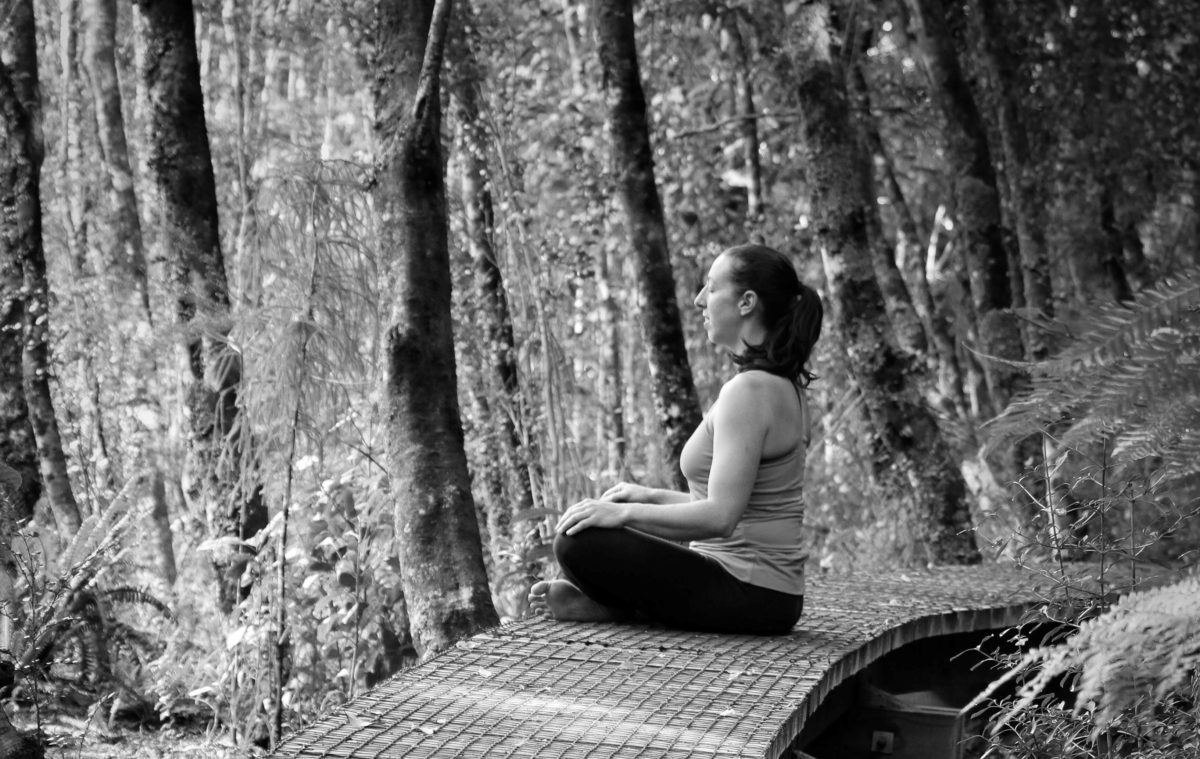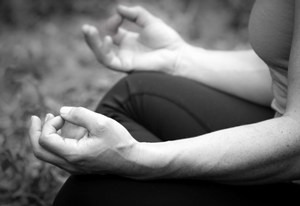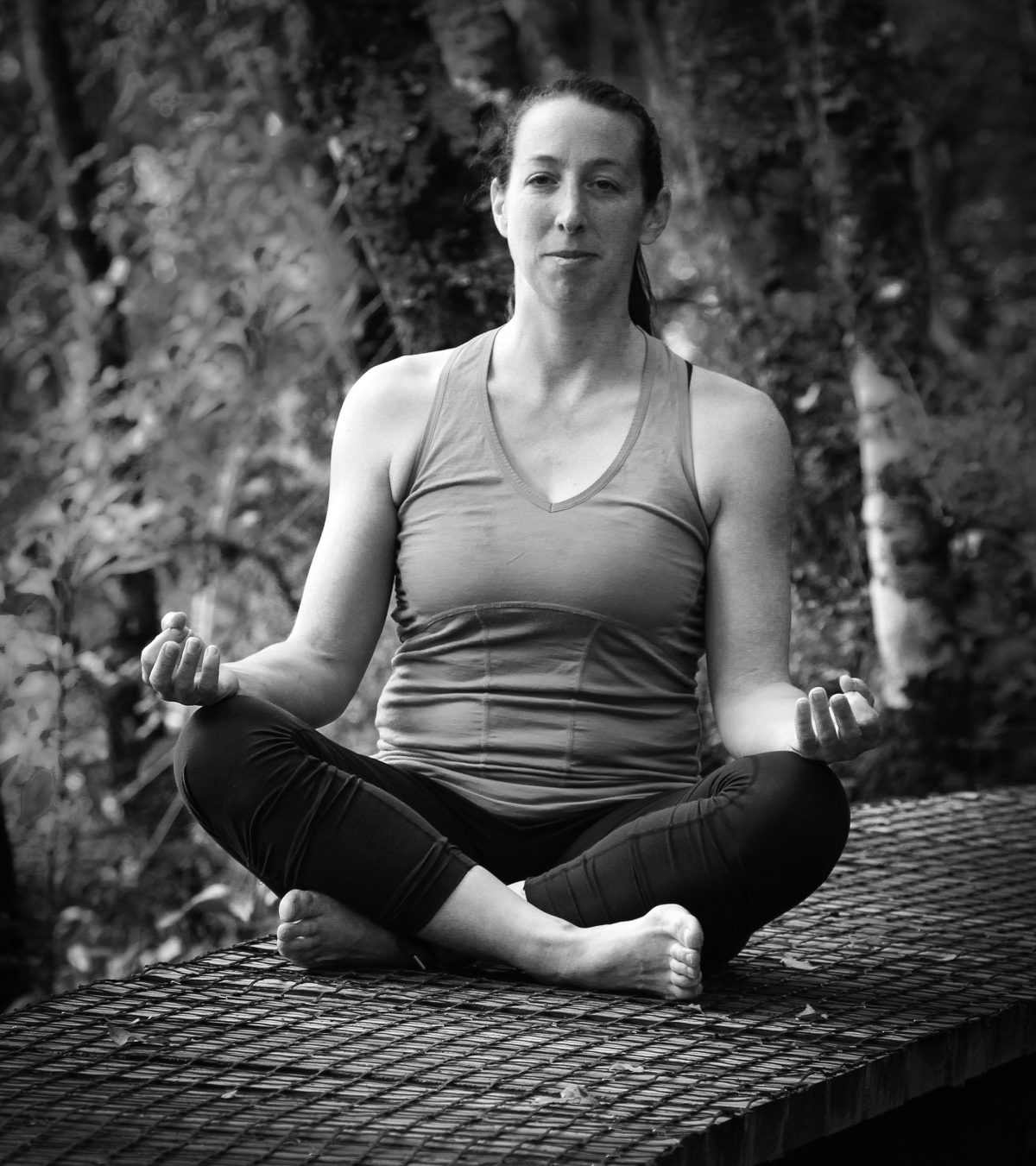There are are many types of breathing practices (pranayama) in yoga – each with different outcomes and purposes. Several of these help trigger the parasympathetic nervous system (think rest and digest, versus fight or flight). I’ve written before about even breathing or equalising your inhales and exhales, known as sama vritti. It’s one of the best breathing practices to start with (after breath awareness) as it’s simple and less likely to cause tension or strain.
The next step from even breathing is to explore lengthening your exhale. The focus is keeping a relaxed inhale, and progressively increasing the length of the exhale. While yoga practitioners have long known that this breathe is calming and cooling, research also backs these findings.
You will often see suggestions to focus on a 1:2 ratio – essentially recommending you double the length of exhale to inhale. But depending on your usual breathing patterns, this can be a big jump, especially if you aren’t regularly doing these types of breathing practices.
In general, if you feel tension, stress, anxious or light-headed, you should stop and dial back the effort. I find it both safer and easier to approach the longer exhale by starting with an even breath and gradually increasing the exhale – repeat this pattern for a few rounds – and then gradually decrease the exhale to return to an even breath.
This audio recording talks you through the steps starting with 1) breath awareness, 2) finding an even breath, 3) lengthening the exhale, and 4) then returning to the even breath.
And just a reminder: Work with a normal breath. You don’t need to use deep breathing. Your breath should never feel strained. This isn’t about how much air you breathe in, it’s about changing your usual breath pattern.



